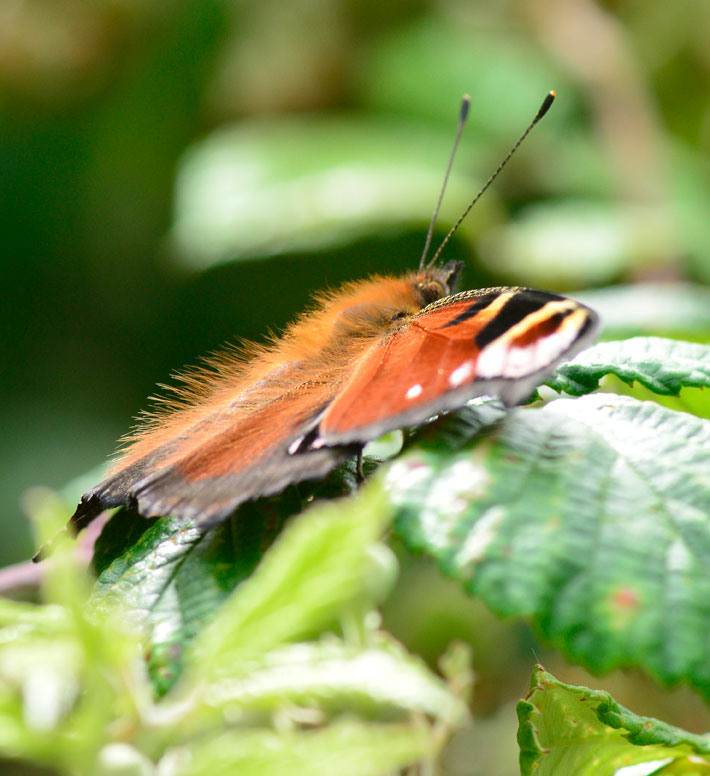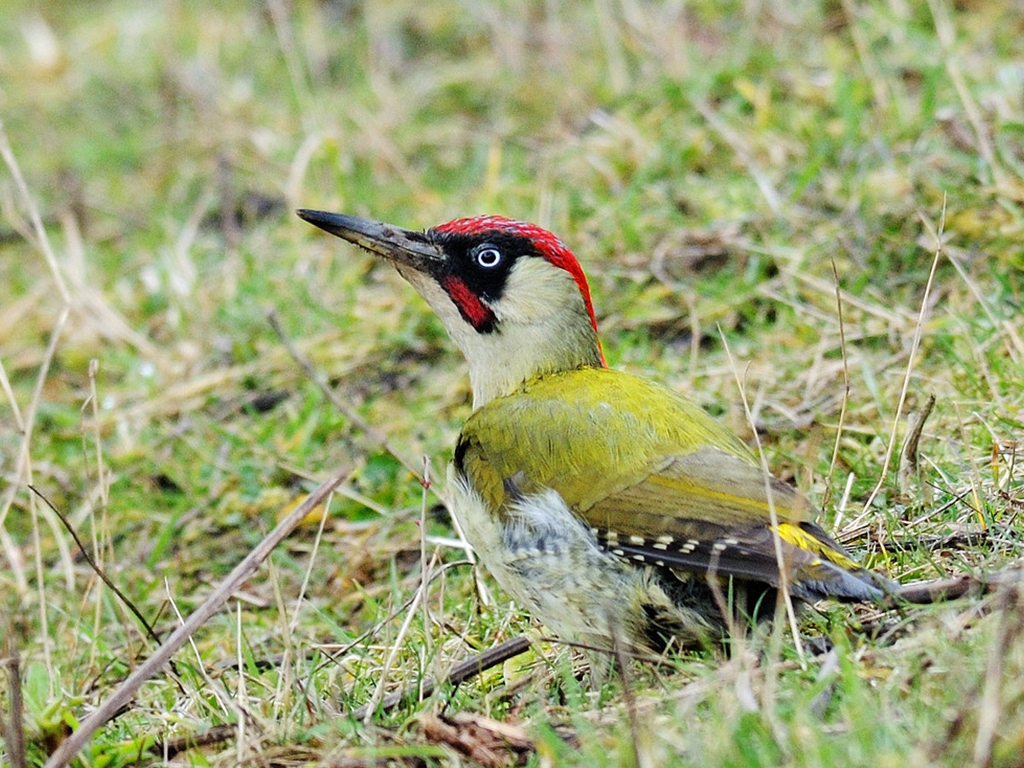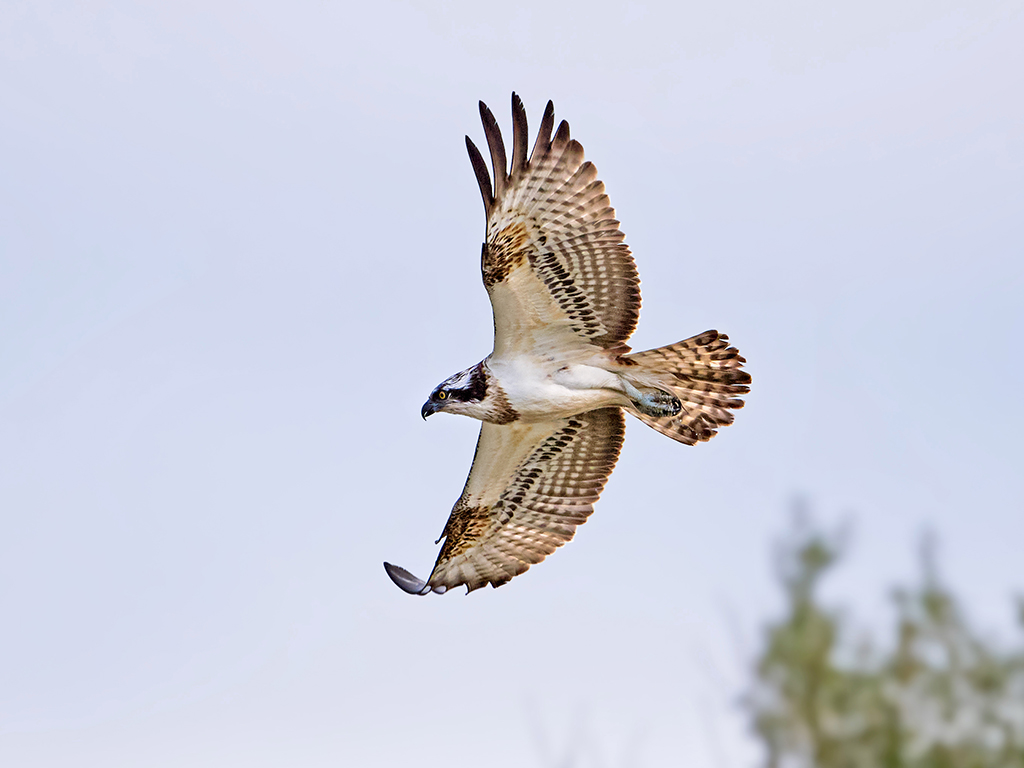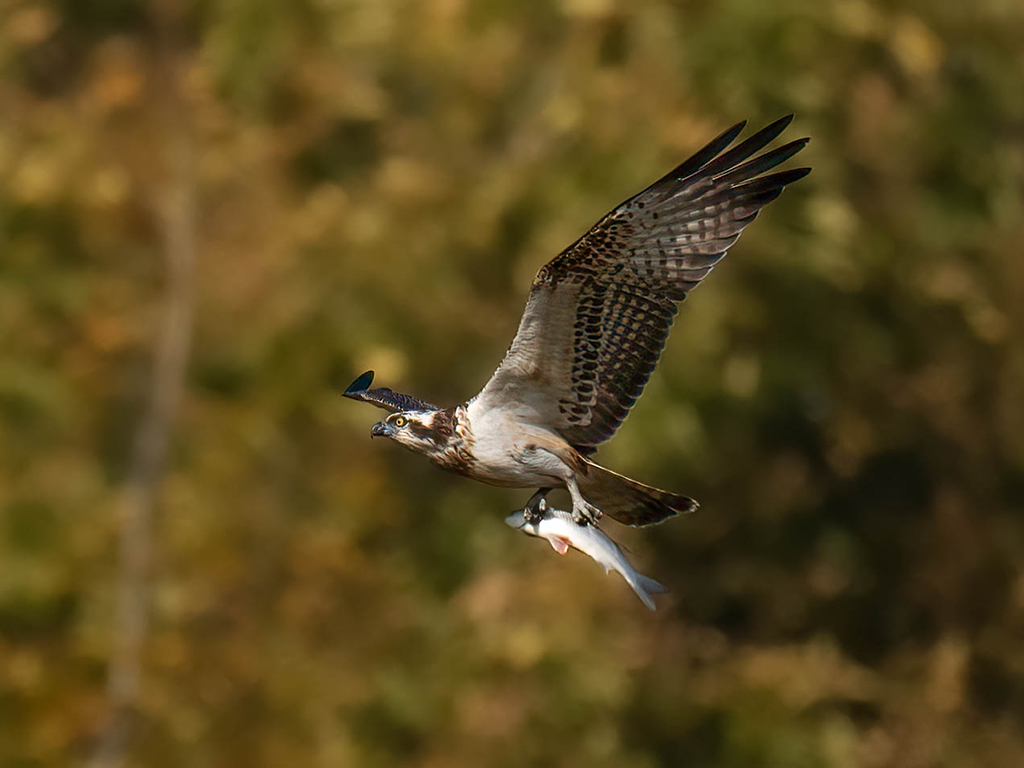Butterflies out in force this week
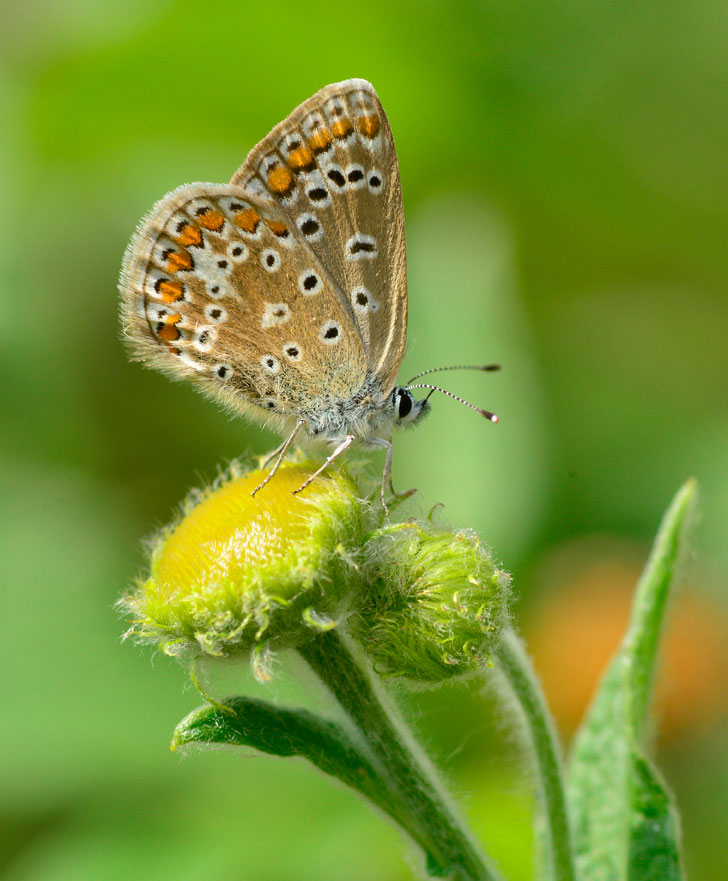
Nature Notes with Reserve Manager Paul Stevens
Summer hatching butterflies are out on force – we are seeing lots of peacocks, red admirals and brimstones onsite. The annual Big Butterfly Count begins this Friday. Butterfly Conservation UK asks people to spend 15 minutes on a sunny day counting how many butterflies and what species they see. Down load the app to use on your phone or pick up a Big Butterfly Count ID sheet when you visit Arundel Wetland Centre.
Moth Survey last week we had 61 species in one trap and 41 in the other. We had a garden tiger moth, used to be common but have dropped off since the 80’s in the southeast. We also had a True Lovers Knot, a small reddish-brown heathland moth who are prone to ramble far from home. It was a first for our site’s moth surveys.
On Tranquil trail I spot linnet. They are nesting second broods in the hedgerows. Gatekeeper butterflies are also patrolling the hedge.
At Ramsar hide I record 3 little egrets, a pin tail and a shoveler. A swallow dips low to the water several time, catching insects or a quick drink. Tall willow herb with its pink flowers is blooming along the water’s edge and through the wet meadow. There is some purple loosestrife and meadow sweet with hemp agrimony flowering now. A lovely cool breexe comes through the hide windows.
On the way to the Lapwing hide spearmint is flowering along the trail, sunny fleabane and tight heads of tansy are open as well. A brown hawker buzzes down the trail past my ear, waggling side to side. At the butterfly garden a common blue butterfly flits about searching out birds foot trefoil to lay an egg.
Inside the hide a comma butterfly blows in the window and dances about before finding its way back out. There it settle briefly on nettle leaving an egg. The hot weather has dried out the wet meadow – there is only one pool holding of water. A linnet stops for a drink the flies off.
The hot weather has been a boon for the insect population. They are able to hatch out, feed, mate and lay eggs with no rain or cold weather hindering them so they are racing through their lifecycles. More insects are providing a boon to bats and birds that at them. Song thrush, blackbirds and starlings whose diets are heavy on invertebrates pulled from the mud are having a harder time. The ground is hard and the invertebrates go deep in hot weather. They are turning to other food sources.
Sloes and blackberries are ripening early as fruit speeds through its lifecycle too.
We have 15 sand martins through the reserve on Sunday, likely early for the autumn passage back to Africa. On the way to the Sand Martin hide a juvenile blackbird protests from the fence. The hot weather has made the buddleia go over quick and some seems to be withering in the heat I doo see a peacock butterfly on the bramble.
The Scrape hide windows also let in a lovely breeze. This is the best pace for kingfisher now. Perch up in the willow in the middle of the scrape and take fish to feed young offsite. I see some gadwall at the back and there was a handful of teal here Sunday. .. so many damselflies on the water surface and black tailed skimmer dragonflies everywhere. Leaving I see a juvenile and an adult pied wagtails in the black neck swan’s pen.
On the long path I see a red admiral egg laying on nettle. At the reed bed hide visitors are trying to photograph the swallows on their second nest. We ask visitors to not stay in the hide too long or the swallows will abandon the nest.
The hot weather has boosted the phragmites to towering heights, there is no evidence of last winter’s cuts. In the dragonfly pond I spot a baby water vole swimming quickly across the pond. In the water of the Lakes and Forest exhibit a school of 10 large chub. The large pond at the hand feed bay has lots of roach and bream visible as they swim closer to the surface in the hot weather.
